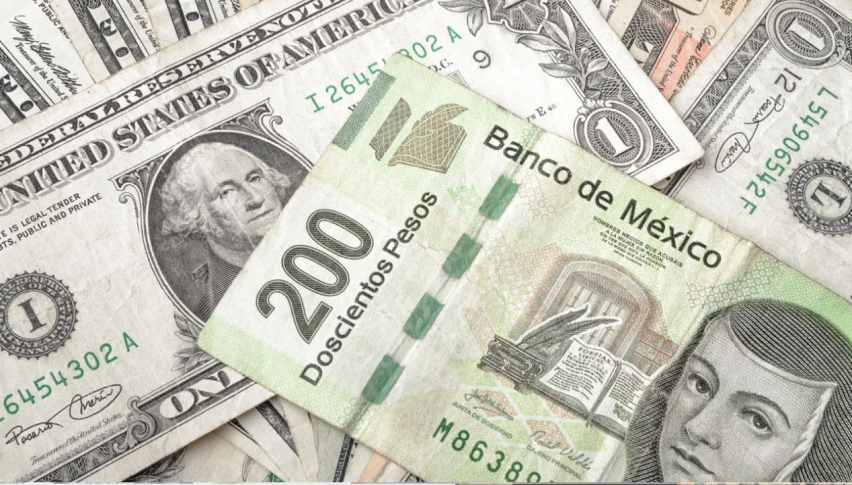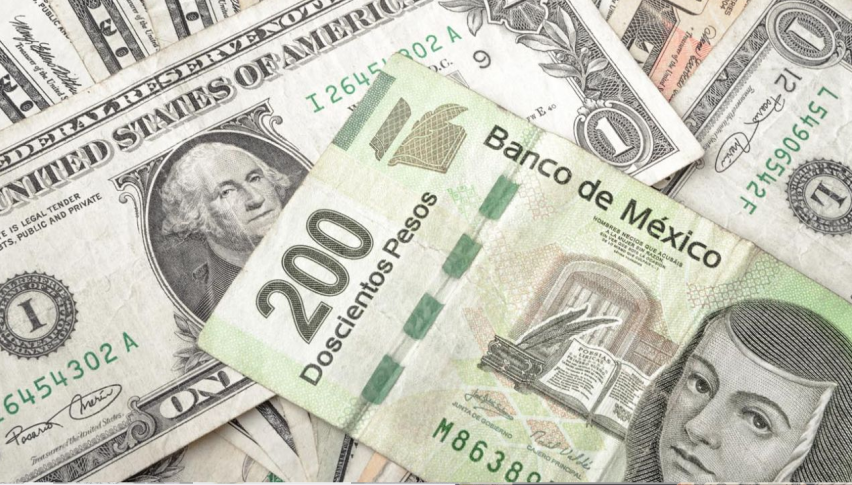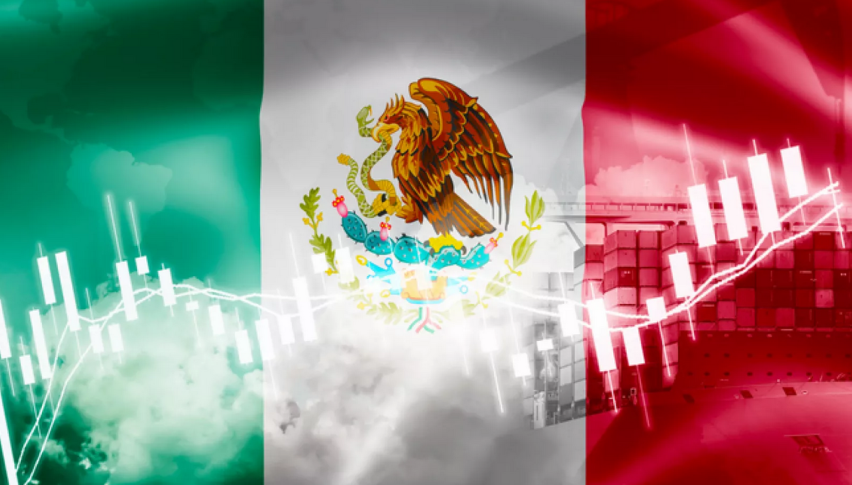Peru: inflation rate for February was the highest in the last 10 months
The year-on-year inflation rate stood at 3.29% at the end of the second month of 2024. The economy was not on track for recovery as expected

While Peru closed 2023 with the worst economic figures in decades (excluding the pandemic), the expectation regarding inflation was positive.

The Central Reserve Bank (Banco Central de Reserva, BCR) of Peru had anticipated that, given the progressive decline in the Consumer Price Index (CPI), the target range could be reached soon.
However, the new figures for February dampen the optimism. According to the National Institute of Statistics and Informatics (INEI), inflation in February was 0.56%, the highest monthly figure since April 2023. Thus, the year-on-year inflation rate stood at 3.29% at the end of the second month of 2024.
But this is not the only piece of bad news; the repercussions of this have resulted in the steady decline of inflation reaching a high point.
After exactly one year, this figure has risen, following the previous trend of approaching the BCR’s target range of between 1% and 3%. What caused this increase, which dampens enthusiasm for Peru’s most promising economic indicator, especially in the context of recession?
The news that inflation is outside the target range by 0.29% is optimistic when considered as a standalone figure.
However, in January, the year-on-year inflation rate had reached 3.02% after twelve months of decline.
In February, that trend changed, and it increased to 3.29%. According to the technical report “Variation of the Economy’s Price Indicators” from INEI, this change in the CPI was due to the rise in food prices during February.
The Peruvian government, following the change of ministers in mid-February, approved 10 measures to reactivate the economy. This decision was made because, as they pointed out, the economy was not on track for recovery as expected.
The economic expectations for the closure of the year 2023 projected a recovery of the country’s economy, which has not been observed. This situation leads to an impact on economic actors, with a primary emphasis on the most vulnerable sectors, as the growth of Gross Domestic Product, levels of private consumption, private investment, and employment have been reduced.
- Check out our free forex signals
- Follow the top economic events on FX Leaders economic calendar
- Trade better, discover more Forex Trading Strategies
- Open a FREE Trading Account



